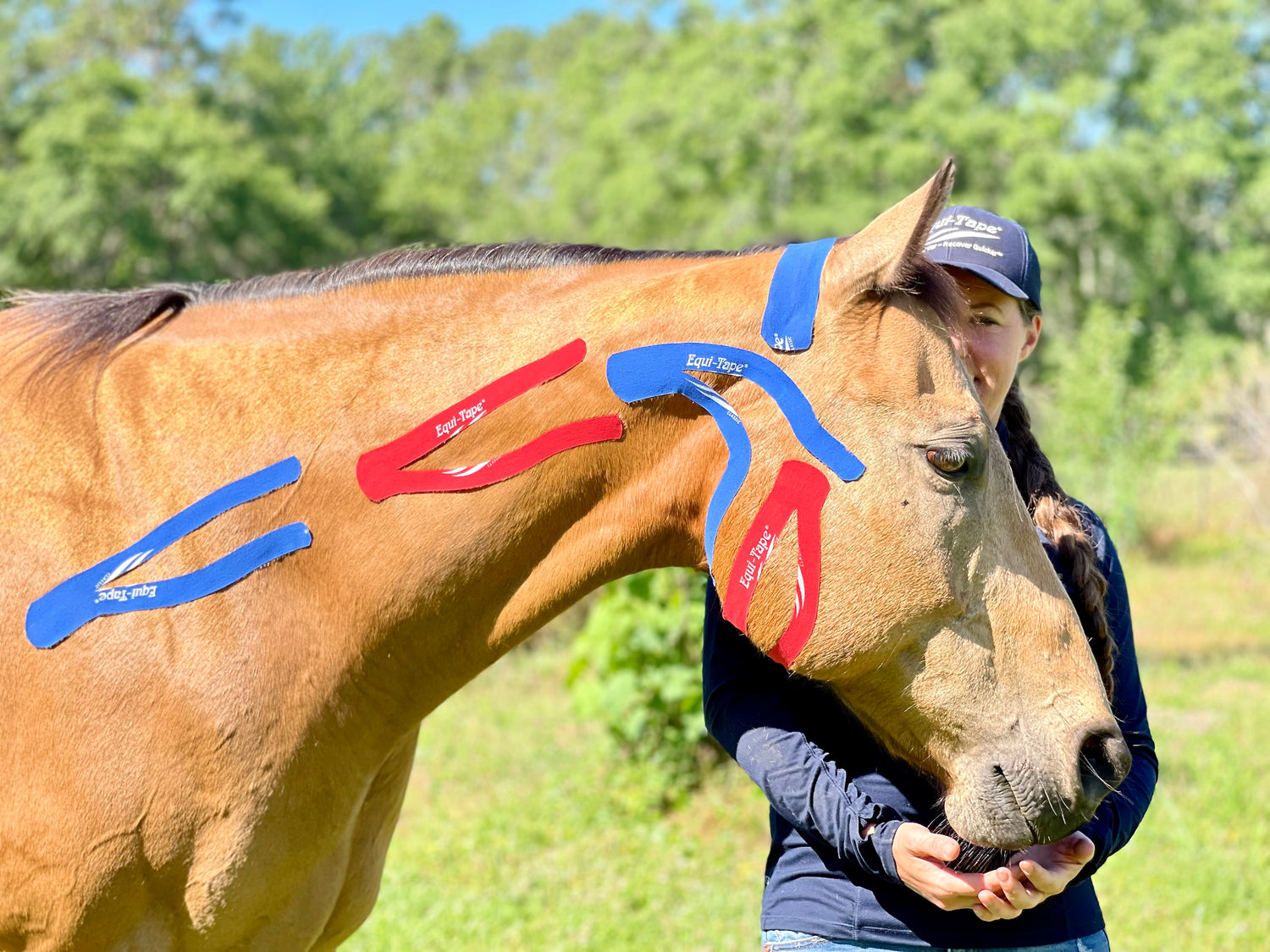
Breaking News: Equine Kinesiology Taping Surges as One of the Fastest-Growing, Cost-Effective Modalities in Horse Care
Equine kinesiology taping is one of the fastest-growing modalities in the world because it combines affordability, versatility, and non-invasive support with the potential to enhance performance and speed recovery. Its rapid adoption is driven by both its practical benefits and its ability to fill gaps left by more expensive or invasive treatments. As more research emerges and accreditation programs ensure quality application, kinesiology taping is poised to become a mainstay in equine care worldwide.




















